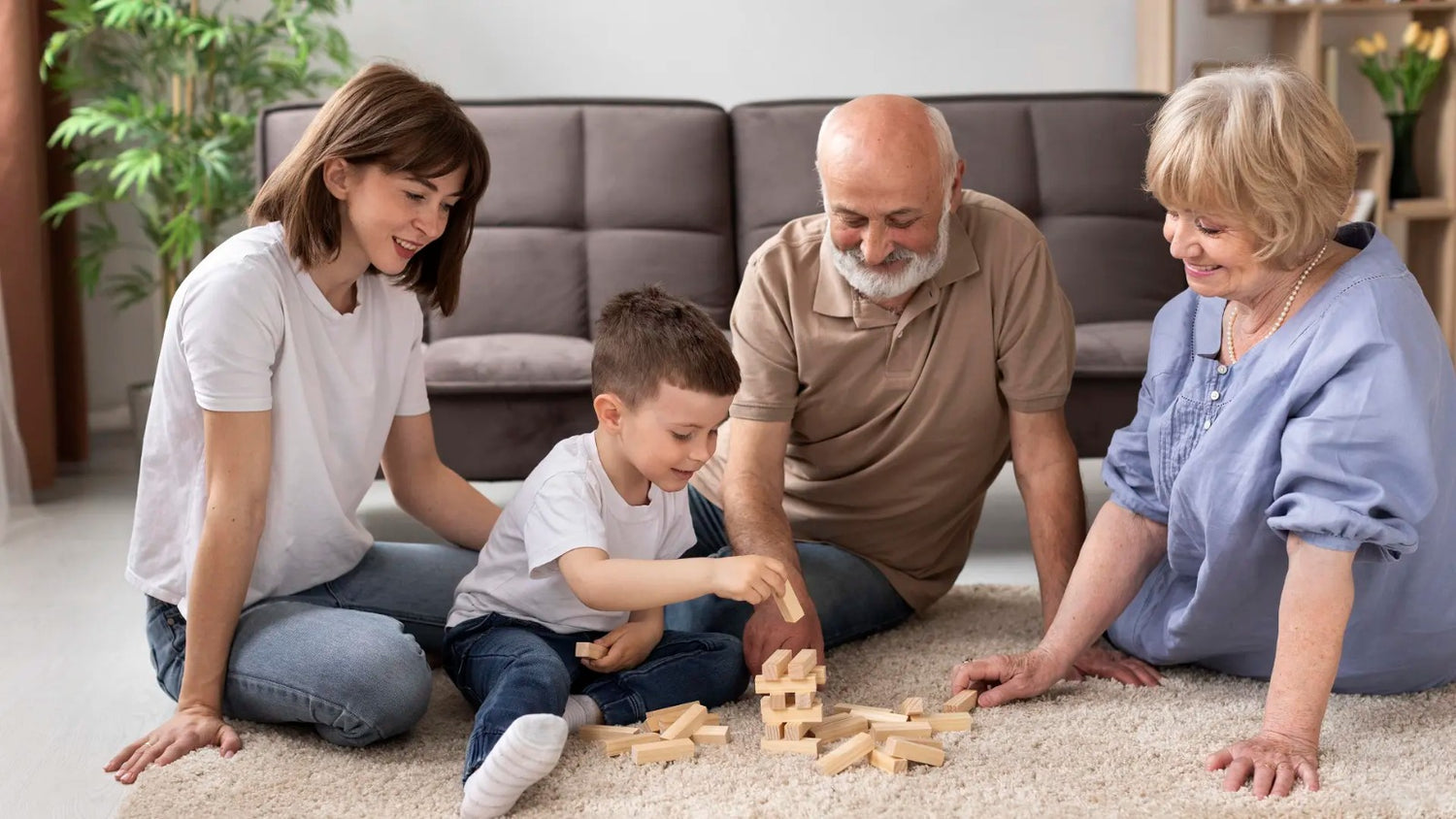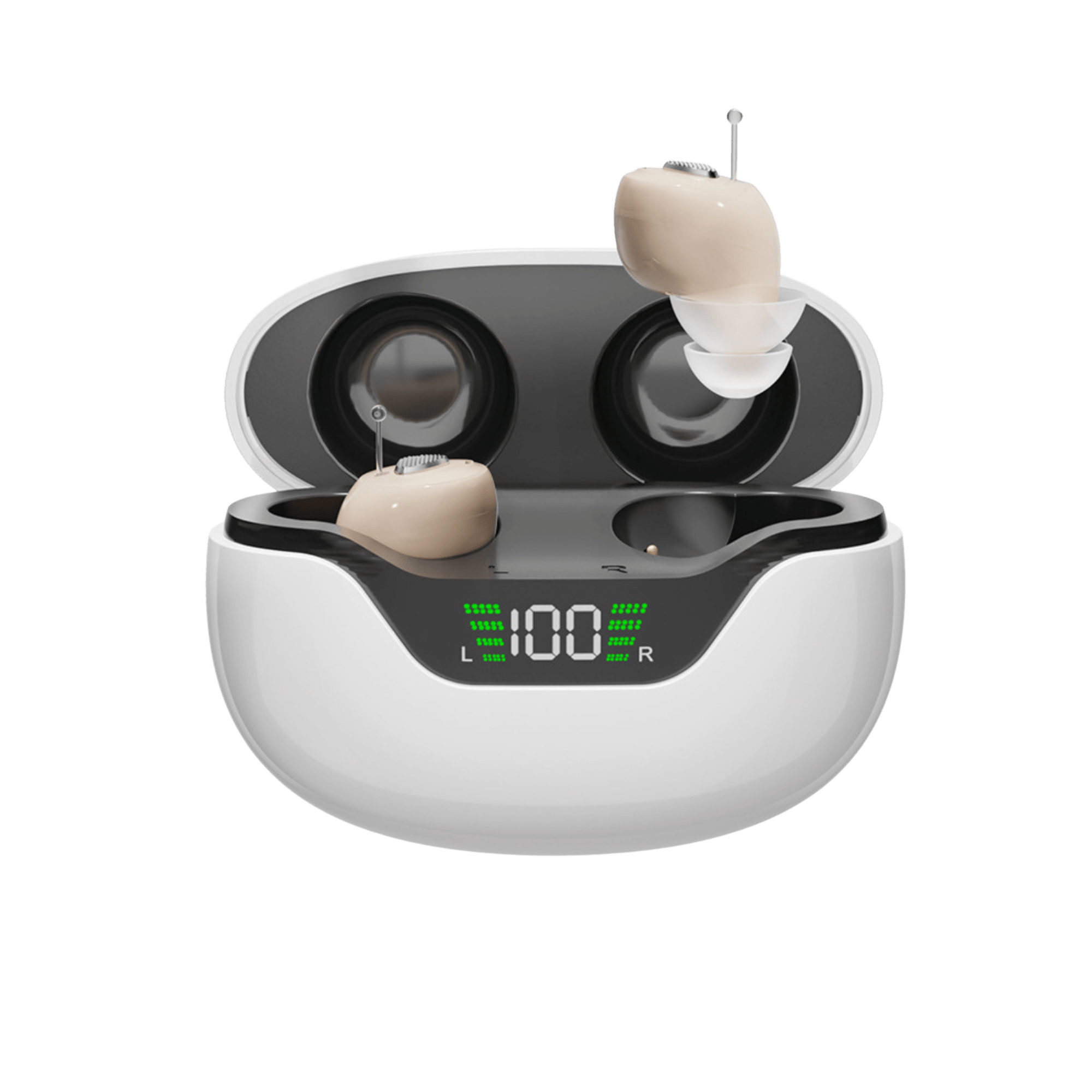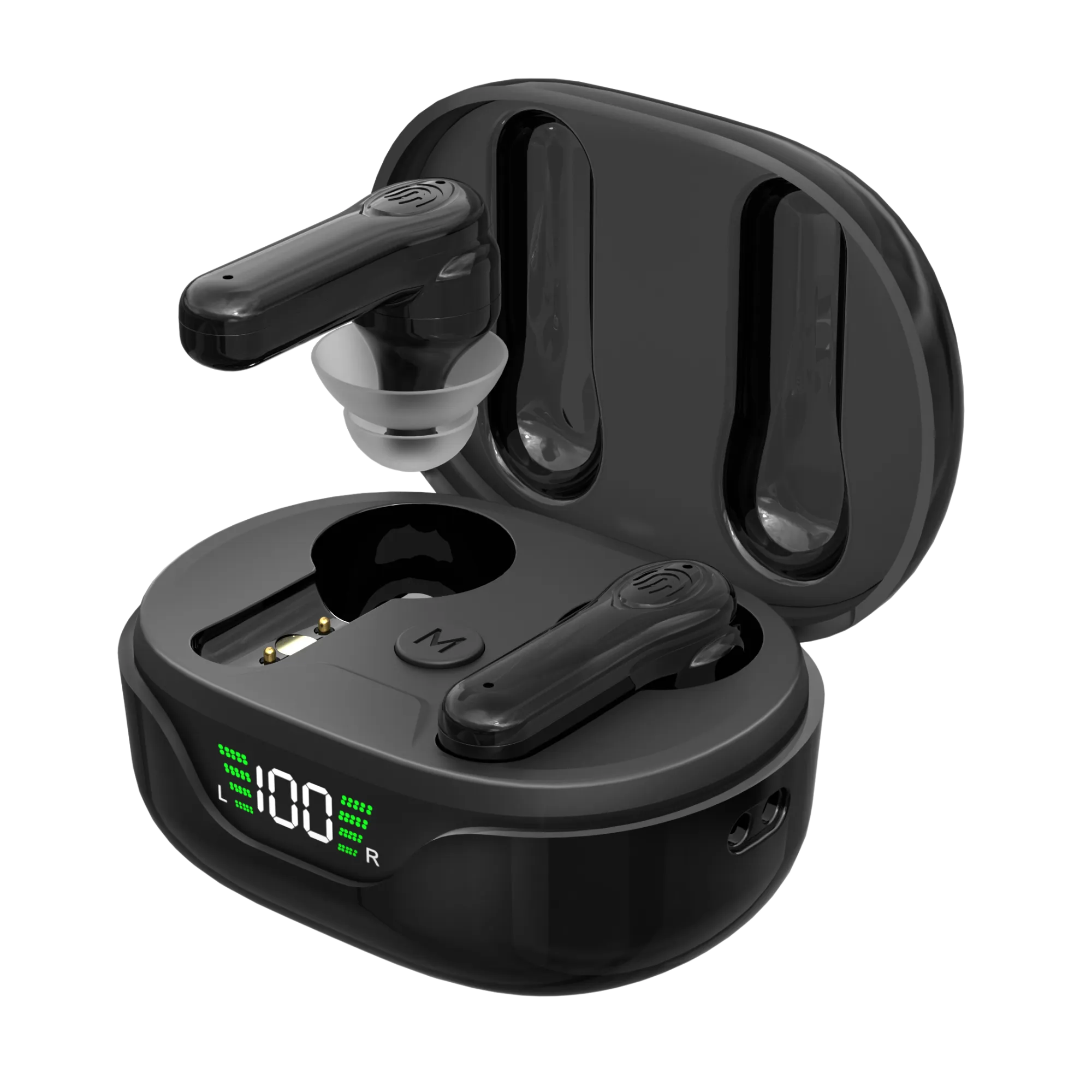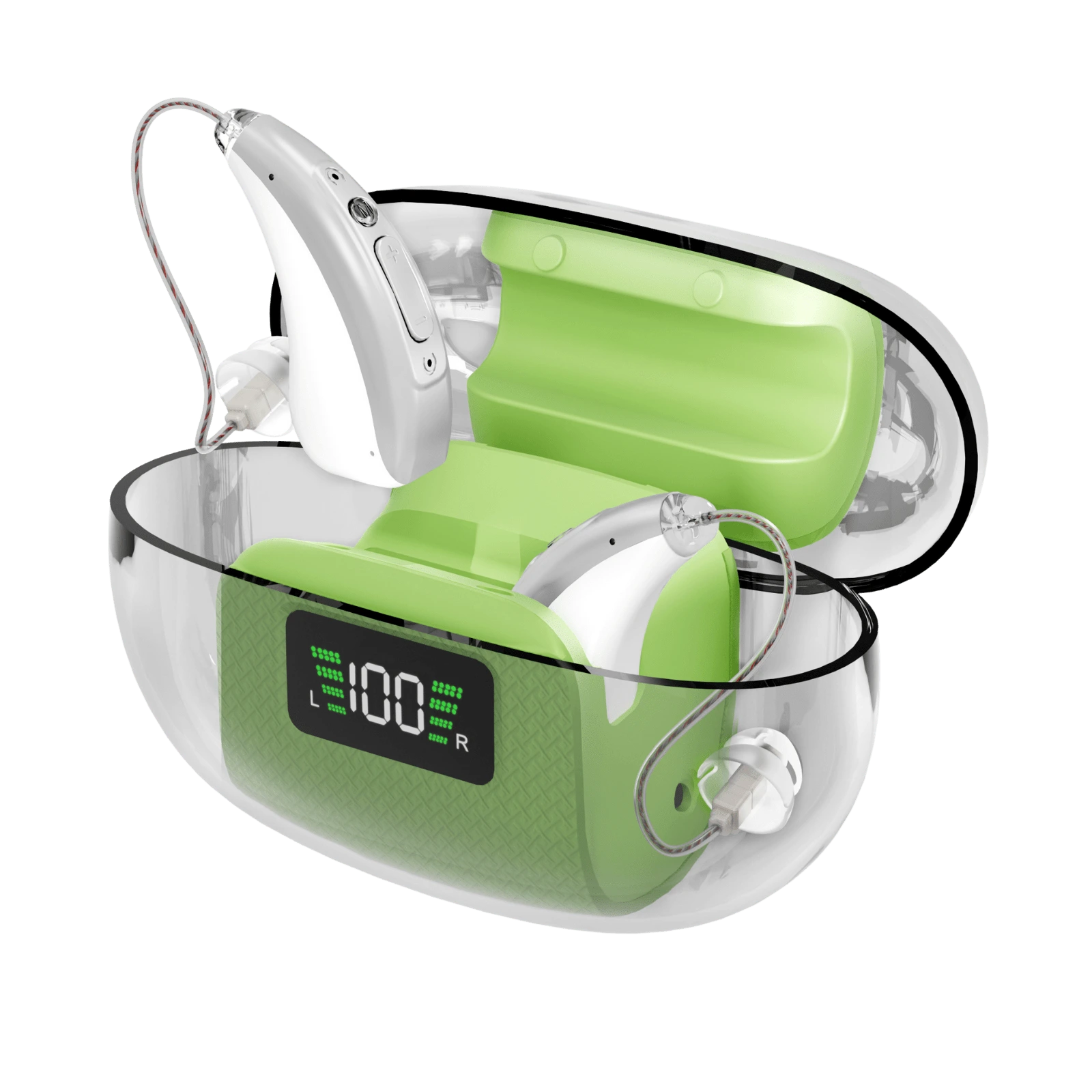Introduction
When navigating the difficulties of hearing aid coverage, it is frequently necessary to explore areas that are not traditionally considered. The realm of complementary and alternative medicine, as well as traditional healing techniques and measures to reduce the risk of hearing loss, provides an exciting mosaic of potential outcomes. This article digs into several areas that haven't received as much attention as others and offers some insights into the possible roles that they may play in making hearing aids more accessible.
Programs in Alternative Medicine or Complementary Therapy: An Unconventional Method
The terms "alternative medicine" and "complementary therapy" are used interchangeably to refer to the same types of programs that cover a diverse range of non-conventional approaches to health care, such as acupuncture, chiropractic, and herbal therapies. On the other hand, when it comes to protecting hearing aids, the connection is not as direct as one might think.
In general, the goals of these practices are to promote overall health and preventative care, both of which may indirectly help in the prevention or management of hearing loss. On the other hand, direct coverage of hearing aids under these programs is not as prevalent. This is partly due to the fact that hearing aids are medical equipment that require standard audiological services in order to be prescribed and fitted properly.
However, there are certain alternative medicine programs that take a more holistic and integrated approach to health care and may give financial assistance for a variety of hearing healthcare services, some of which may involve the use of hearing aids. These programs may offer this type of assistance. It is essential to discuss these particulars in further detail with your healthcare professional.
Honoring Heritage via the Practice of Traditional Healing Methods or Indigenous Medicine
Traditional healers and indigenous medical methods, which are rich with the knowledge accumulated over ages, present distinctive viewpoints on health care. These techniques frequently entail the use of natural treatments and holistic approaches, which place an emphasis on an individual's whole state of health.
On the other hand, the direct distribution of hearing aids is not typically a component of these methods. This is similar to the situation with alternative medicine. Instead of providing medical instruments like hearing aids, these healing methods tend to place a greater emphasis on the avoidance of health problems and the use of natural therapies for these problems.
In spite of this, people who participate in these traditions frequently have strong relationships to the areas in which they live. As a result, they may be able to offer guidance or connections to local resources that might assist with the process of acquiring hearing aids.
Initiatives to Prevent Hearing Loss: A Measurement of Prevention in Ounces
The primary goals of projects and programs designed to prevent hearing loss are to raise awareness, advocate for safe behaviors, and reduce the number of risk factors associated with the condition. They may not immediately cover the expense of hearing aids, but they play an important part in the early intervention and prevention of further hearing loss, which can, in turn, minimize the requirement for devices of this kind.
For instance, the Dangerous Decibels initiative educates people about the dangers of noise-induced hearing loss as well as ways to protect themselves against it. In a similar vein, the World Health Organization's "Make Listening Safe" project aims to decrease the amount of hearing damage that is caused by the noise that is generated by leisure activities.
Even though these programs may not give funding for hearing aids directly, they frequently offer resources and information that might point folks in the direction of other sources of financial help or possibilities for more cheap hearing aids.
Conclusion
Investigating the fields of alternative medicine, traditional healing techniques, and preventative programs demonstrates that although these areas may not normally give direct hearing aid coverage, they contribute considerably to the health of the auditory system as a whole and are thus worth investigating. They highlight the need of holistic treatment, community connections, and proactive prevention, all of which are key components of navigating the route to optimal hearing health and wellness.
While efforts are still being made to make hearing aids more accessible, the trip has been enriched by these unusual viewpoints. They serve as a reminder that our health and well-being frequently draw on a large tapestry of resources, including both conventional and alternative approaches, as well as traditional and new methods. In this varied environment, each individual thread is essential to the overall process of weaving the magnificent pattern of aural wellbeing.
When navigating the difficulties of hearing aid coverage, it is frequently necessary to explore areas that are not traditionally considered. The realm of complementary and alternative medicine, as well as traditional healing techniques and measures to reduce the risk of hearing loss, provides an exciting mosaic of potential outcomes. This article digs into several areas that haven't received as much attention as others and offers some insights into the possible roles that they may play in making hearing aids more accessible.
Programs in Alternative Medicine or Complementary Therapy: An Unconventional Method
The terms "alternative medicine" and "complementary therapy" are used interchangeably to refer to the same types of programs that cover a diverse range of non-conventional approaches to health care, such as acupuncture, chiropractic, and herbal therapies. On the other hand, when it comes to protecting hearing aids, the connection is not as direct as one might think.
In general, the goals of these practices are to promote overall health and preventative care, both of which may indirectly help in the prevention or management of hearing loss. On the other hand, direct coverage of hearing aids under these programs is not as prevalent. This is partly due to the fact that hearing aids are medical equipment that require standard audiological services in order to be prescribed and fitted properly.
However, there are certain alternative medicine programs that take a more holistic and integrated approach to health care and may give financial assistance for a variety of hearing healthcare services, some of which may involve the use of hearing aids. These programs may offer this type of assistance. It is essential to discuss these particulars in further detail with your healthcare professional.
Honoring Heritage via the Practice of Traditional Healing Methods or Indigenous Medicine
Traditional healers and indigenous medical methods, which are rich with the knowledge accumulated over ages, present distinctive viewpoints on health care. These techniques frequently entail the use of natural treatments and holistic approaches, which place an emphasis on an individual's whole state of health.
On the other hand, the direct distribution of hearing aids is not typically a component of these methods. This is similar to the situation with alternative medicine. Instead of providing medical instruments like hearing aids, these healing methods tend to place a greater emphasis on the avoidance of health problems and the use of natural therapies for these problems.
In spite of this, people who participate in these traditions frequently have strong relationships to the areas in which they live. As a result, they may be able to offer guidance or connections to local resources that might assist with the process of acquiring hearing aids.
Initiatives to Prevent Hearing Loss: A Measurement of Prevention in Ounces
The primary goals of projects and programs designed to prevent hearing loss are to raise awareness, advocate for safe behaviors, and reduce the number of risk factors associated with the condition. They may not immediately cover the expense of hearing aids, but they play an important part in the early intervention and prevention of further hearing loss, which can, in turn, minimize the requirement for devices of this kind.
For instance, the Dangerous Decibels initiative educates people about the dangers of noise-induced hearing loss as well as ways to protect themselves against it. In a similar vein, the World Health Organization's "Make Listening Safe" project aims to decrease the amount of hearing damage that is caused by the noise that is generated by leisure activities.
Even though these programs may not give funding for hearing aids directly, they frequently offer resources and information that might point folks in the direction of other sources of financial help or possibilities for more cheap hearing aids.
Conclusion
Investigating the fields of alternative medicine, traditional healing techniques, and preventative programs demonstrates that although these areas may not normally give direct hearing aid coverage, they contribute considerably to the health of the auditory system as a whole and are thus worth investigating. They highlight the need of holistic treatment, community connections, and proactive prevention, all of which are key components of navigating the route to optimal hearing health and wellness.
While efforts are still being made to make hearing aids more accessible, the trip has been enriched by these unusual viewpoints. They serve as a reminder that our health and well-being frequently draw on a large tapestry of resources, including both conventional and alternative approaches, as well as traditional and new methods. In this varied environment, each individual thread is essential to the overall process of weaving the magnificent pattern of aural wellbeing.





